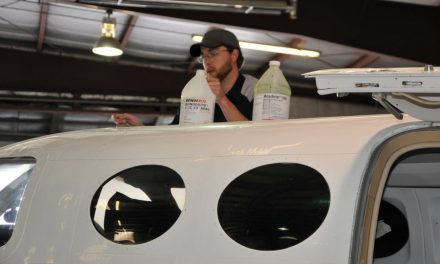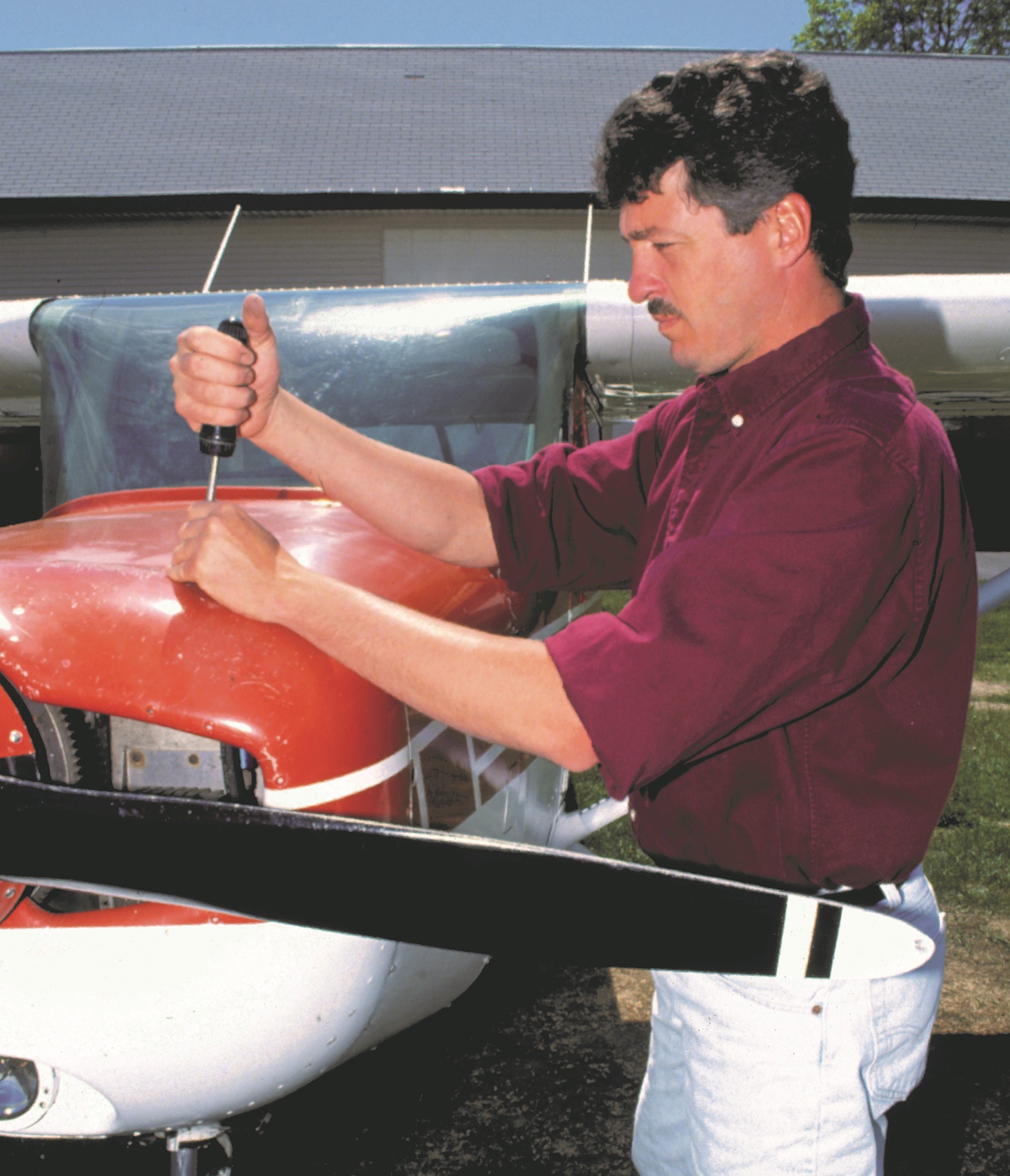Editor’s Note: This article references an FAA corrosion document. You can download it here.
This article appeared in the September 2018 digital issue. Read it here.
The good news for me is that my airplane is now in excellent condition, and since I moved to Burlington Municipal Airport (KBUU) about four years ago, my annual inspection cost has come down dramatically. This, however, wasn’t always the case.
Having owned six different aircraft in the past, I’ve owned my current airplane, a 1977 Seneca II, for more than 14 years. From the start, my plan was to purchase a “project” airplane for a low cost and restore it to mostly new condition. The Seneca proved to be the right plane at the right price.
Although it had been based in Norway for most of its life, I purchased the plane from a location in Venice, Florida, where it had resided for about four years before I rescued it. However, those four years in Florida, near the Gulf of Mexico, really took their toll.
For starters, the engines were run out. Amazingly, both Continental TSIO-360Es had 2,400 hours on a 1,400-hour TBO! How the previous owners, a flight school, had gotten away with that I have no idea.
At any rate, my first order of business was to have both engines removed and sent to Airmark Overhaul (www.AirmarkOverhaul.com) in Fort Lauderdale, Florida, for a complete overhaul. My experience with them was A+ and I would recommend them to everyone.
When the engines were removed for shipment and the engine mounts (along with everything else north of the firewalls) were removed for inspection, we found that the engine mounts were filled with rainwater. Yuck! This was my first indication that I would have to be very careful in the restoration process.
My then-mechanic wisely recommended spraying the wing interiors with a corrosion inhibitor called ACF-50. ACF-50, by the way, is available from a variety of vendors, including Aircraft Spruce. In fact, here’s a rather apropos quote from the Aircraft Spruce website describing the product:
“ACF-50 kills the corrosion process with just one application and will last for 24 months. Microswitches, cannon plugs, and relays will remain corrosion-free. Plus, ACF-50 will easily free seized nuts, screws, and bolts. ACF-50 holds written OEM approvals from: Gulfstream, Bombardier, ATR Regional Transport, Douglas/Boeing Helicopter, Bell/Textron, Robinson, Enstrom, Sikorsky, MD Helicopters, Schweitzer, Hiller, British Aerospace, Concorde Battery, Raytheon, Piper, Cessna, Pilatus, Beech, Van’s, Extra, Air Tractor, Lake, Rolls-Royce, Britten-Norman, Learjet, McDonnell Douglas, and Canadair. Try ACF-50. You will truly be amazed at the results!”
Having gone this route, I felt pretty confident that my airplane didn’t have any serious corrosion issues, and for the next 10 years there weren’t any. Later, when I moved to BUU and it came time for my first annual, they determined there was a lot of “catch up” work needed.
From then on, each year they would dig a little deeper into the airframe and engines during the annual inspection. For each of the first three years, my inspections were expensive — nothing serious, just lots of little deferred maintenance issues resulting in lots of labor hours and some parts.
Over time the “little” things were addressed and my inspection costs dropped off by nearly two-thirds. Obviously, I’m pleased to know that my airplane is safe, but I’m also pleased that the cost is now under control! However, while they were catching up and digging deeper, they discovered corrosion in four places. This article is about what they found.
The rest of this article can be seen only by paid members who are logged in.Have a website login already? Log in and start reading now.
Never created a website login before? Find your Customer Number (it’s on your mailing label) and register here.
Still have questions? Contact us here.





